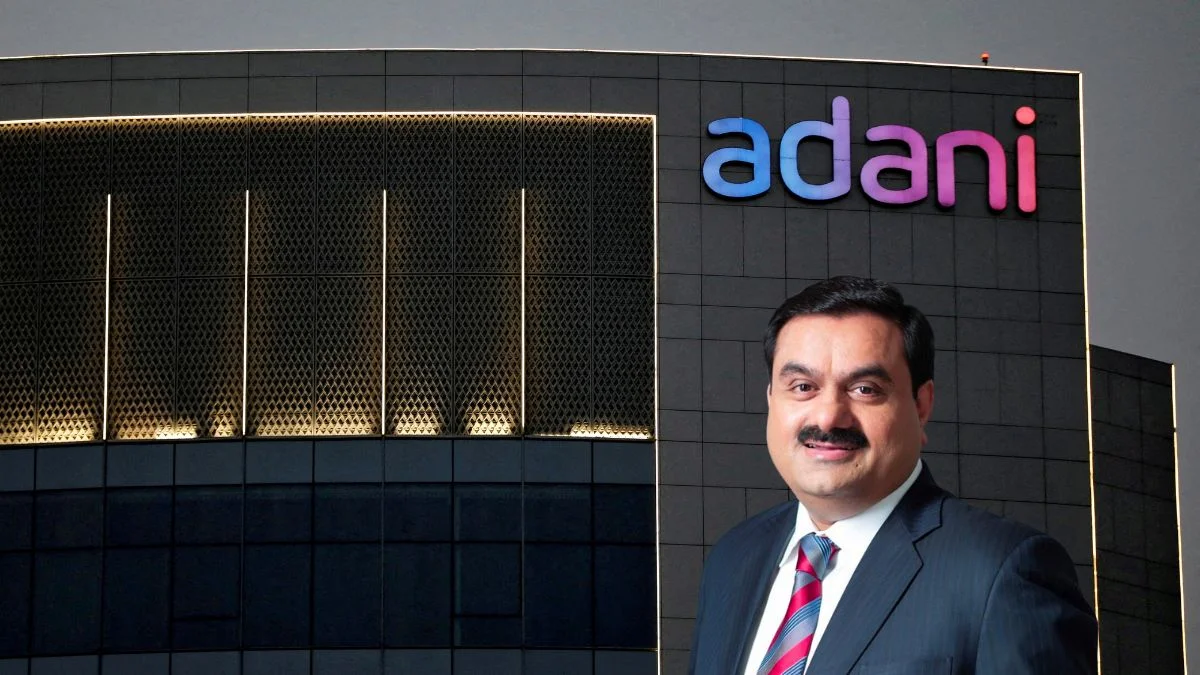Adani Enterprises Ltd, the flagship company of the Adani Group, has witnessed phenomenal growth over the last five years, delivering a staggering 802.60% return. However, the stock has struggled in the past year, declining 27.06%, largely due to market volatility, global headwinds, and the fallout from the Hindenburg Research report.
As of February 11, 2025, the stock is trading at ₹2,312.00, significantly lower than its 52-week high of ₹3,743.90. The company’s market capitalization stands at ₹2.67 lakh crore, with a P/E ratio of 73.28 and a dividend yield of just 0.056%, reflecting a high valuation but low income returns for investors.
Stock Performance Overview
Over the last five years, Adani Enterprises has experienced massive expansion across infrastructure, energy, airports, and new-age businesses, driving strong investor confidence. However, the sharp decline in the past year can be attributed to the Hindenburg Research report released in January 2023, which accused the Adani Group of accounting fraud, stock manipulation, and governance issues.
The report triggered one of the biggest stock crashes in India’s history, with Adani Enterprises and other Adani Group stocks losing billions in market capitalization within weeks. The heightened scrutiny from global investors, rating agencies, and regulatory bodies led to significant selling pressure, impacting the company’s stock performance.
While Adani Enterprises managed to recover partially in 2024, it continues to face valuation concerns, regulatory oversight, and investor skepticism. Despite these challenges, the company remains a dominant player in India’s infrastructure, renewable energy, and transportation sectors, which could support its long-term recovery.
Key Factors Influencing Performance
Adani Enterprises has diversified aggressively, expanding into renewable energy, infrastructure, airports, and data centers. However, the high P/E ratio of 73.28 suggests that the stock remains expensively valued, which may have contributed to the recent correction.
The stock has seen a sharp fall from its 52-week high of ₹3,743.90 and currently trades close to its 52-week low of ₹2,025.00. Additionally, its low dividend yield of 0.056% indicates that investors mainly view it as a growth stock rather than an income-generating investment.
Disclaimer
This article is for informational purposes only and does not constitute investment advice. Stock market investments are subject to market risks, and past performance does not guarantee future returns. Investors should conduct their own research and consult a financial advisor before making any investment decisions. Neither the author nor the publication assumes responsibility for any financial losses resulting from actions based on this content.


